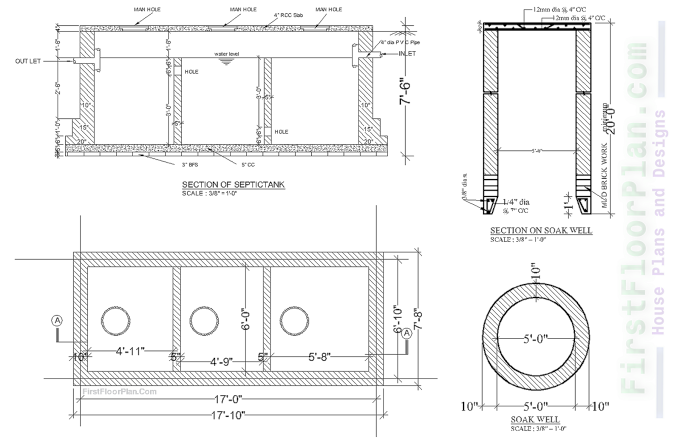Constructing a concrete floor involves a series of crucial techniques, each contributing to the floor's durability, levelness, and finish. These techniques are essential in ensuring a high-quality concrete floor suitable for a variety of uses. Here are five commonly used techniques in concrete floor construction, including screeding, vibrating, and troweling.
Preparation and Pouring of Concrete
The first step involves preparing the sub-base and creating
a formwork to hold the concrete. The sub-base must be compacted and leveled to
ensure a stable foundation. Once the formwork is in place, concrete is poured
into the designated area. The quality of the concrete mix and the pouring
technique are critical factors that affect the strength and finish of the
floor.
Concrete Screeding
Screeding is the
process of leveling the poured concrete. It involves using a screed tool—a flat board or a specialized tool—to smooth out and level the concrete surface after pouring.
The screed is moved back and forth across the surface to flatten and level the
wet concrete, removing excess and filling in gaps. This step is vital to create
a uniformly flat surface before the concrete begins to set.
Vibrating
To eliminate air pockets and ensure a dense, compact slab, vibrating is
performed shortly after pouring and screeding. A concrete vibrator is
used during this process. It deeply penetrates the wet concrete mix and
vibrates at high frequency to consolidate the concrete, pushing air bubbles to
the surface and enhancing the bonding of the concrete mixture. This process
increases the structural integrity of the floor.
Floating
After screeding and vibrating, floating is performed. This
process involves using a float, either a hand tool for small areas or a power
float for larger areas, to smooth out the surface. Floating helps in pushing
down the aggregate and bringing up the cement paste to create a smooth, level
surface. This step also prepares the concrete for further finishing processes.
Troweling
Troweling is the final finishing process, usually done when
the concrete has started to set but is still workable. A trowel, which can be a
hand tool or a power trowel for larger projects, is used to create a hard,
smooth, and dense surface finish. This process is critical for the aesthetic
look of the floor and its longevity. In some cases, multiple passes with the
trowel may be necessary to achieve the desired finish.
In conclusion, constructing a concrete floor is a complex
process that requires skill and attention to detail. Each technique, from the
initial pouring to the final troweling, plays an integral role in achieving a
durable, level, and aesthetically pleasing concrete floor. Mastery of these
techniques is essential for any professional working in the field of concrete
floor construction.








%20House%20plan%20with%207%20storey%20Apartmen%20building%20Structural%20desing%20%20DWG%20&%20PDF.jpg)



